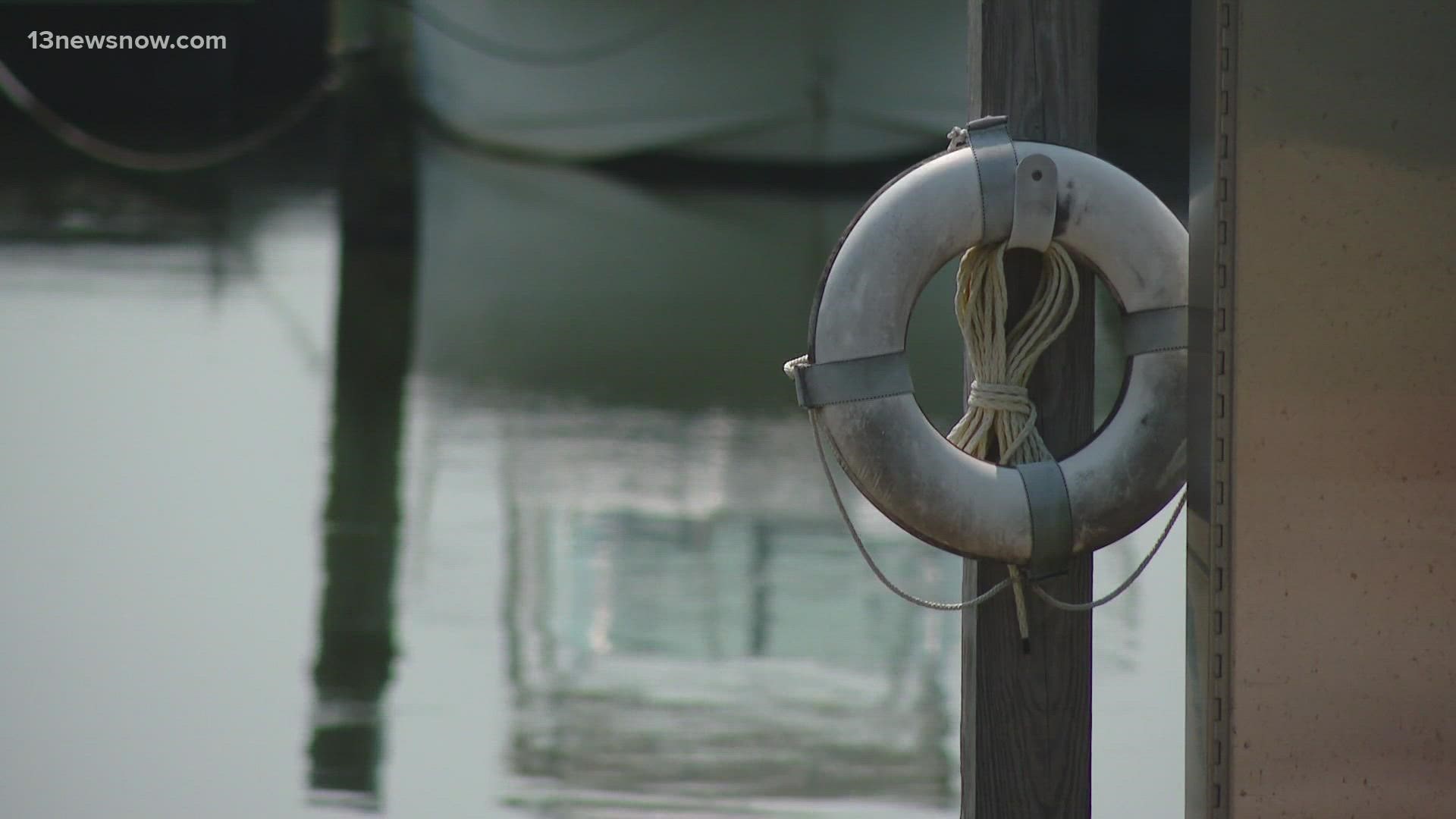NORFOLK, Va. — After a two-year hiatus due to COVID-19, Virginia's largest litter cleanup is making a full return Saturday, June 4, as part of ongoing efforts to protect the Chesapeake Bay.
For Clean the Bay Day, thousands are registered to hit Virginia's parks, streams, beaches, and trails to pick up large amounts of litter and debris that threaten the largest estuary in the United States.
The Chesapeake Bay Foundation and its partners will have more than 200 cleanup sites throughout the Commonwealth, including in Hampton Roads, Richmond, and the Shenandoah Valley.
This year is a major comeback for the event held every year since 1989 until being canceled in 2020 because of the pandemic. Last year, it returned in a limited capacity with people picking up litter on their own time and logging results online.
How does litter hurt the Chesapeake Bay?
The Chesapeake Bay's watershed covers 60% of Virginia and four major rivers drain directly into the estuary. If litter gets into Virginia's waterways, it can end up in the bay, which could threaten animals and ultimately, people.
The most common pollutants that people find during the annual event are single-use disposable items, including plastic bags, bottles, and straws, according to Lisa Renée Jennings, the CBF grassroots coordinator for Hampton Roads.
"Those plastic items break down into microplastics, the small critters eat the plastics [and] the larger critters then eat the smaller critters," Jennings explained. "We [humans] are one of those critters, we are on that chain, so we are ultimately eating those small bits of plastic."
The National Ocean Service defines microplastics as "small plastic pieces less than five millimeters long which can be harmful to our ocean and aquatic life," which can get as small as a mustard seed. Aluminum cans and cigarette butts are also among the most commonly found items.
Since the beginning of Clean the Bay Day, more than 158,000 volunteers have picked up more than 6.6 million pounds of debris, which amounts to about 270 trash trucks full, according to Jennings.
But picking up the litter isn't the only goal of the event. Jennings hopes it builds awareness of how people's actions on land affect the waterways.
"If you participate in Clean the Bay Day and you've been assigned a park in the middle of your city, you begin to make the connection, and 'ah-ha,' even litter in the middle of the city is going to end up in that small creek, in that river, all leading to the bay," Jennings said.
How can I get involved in protecting the bay?
The event is open to everyone. People interested in helping out can find more information on CBF's website. As of Friday afternoon, registration is closed, but there are several walk-up sites where people can still participate. Those who have questions can e-mail ctbd@cbf.org or call 757-644-4122.
Beyond Clean the Bay Day, Jennings said people can be good stewards of the Chesapeake Bay throughout the year in different ways, including cutting back on single-use plastics, checking the lawn before fertilizing, conserving water, and cutting out the lights.
"The things we do for the environment are good for the bay," Jennings said.

